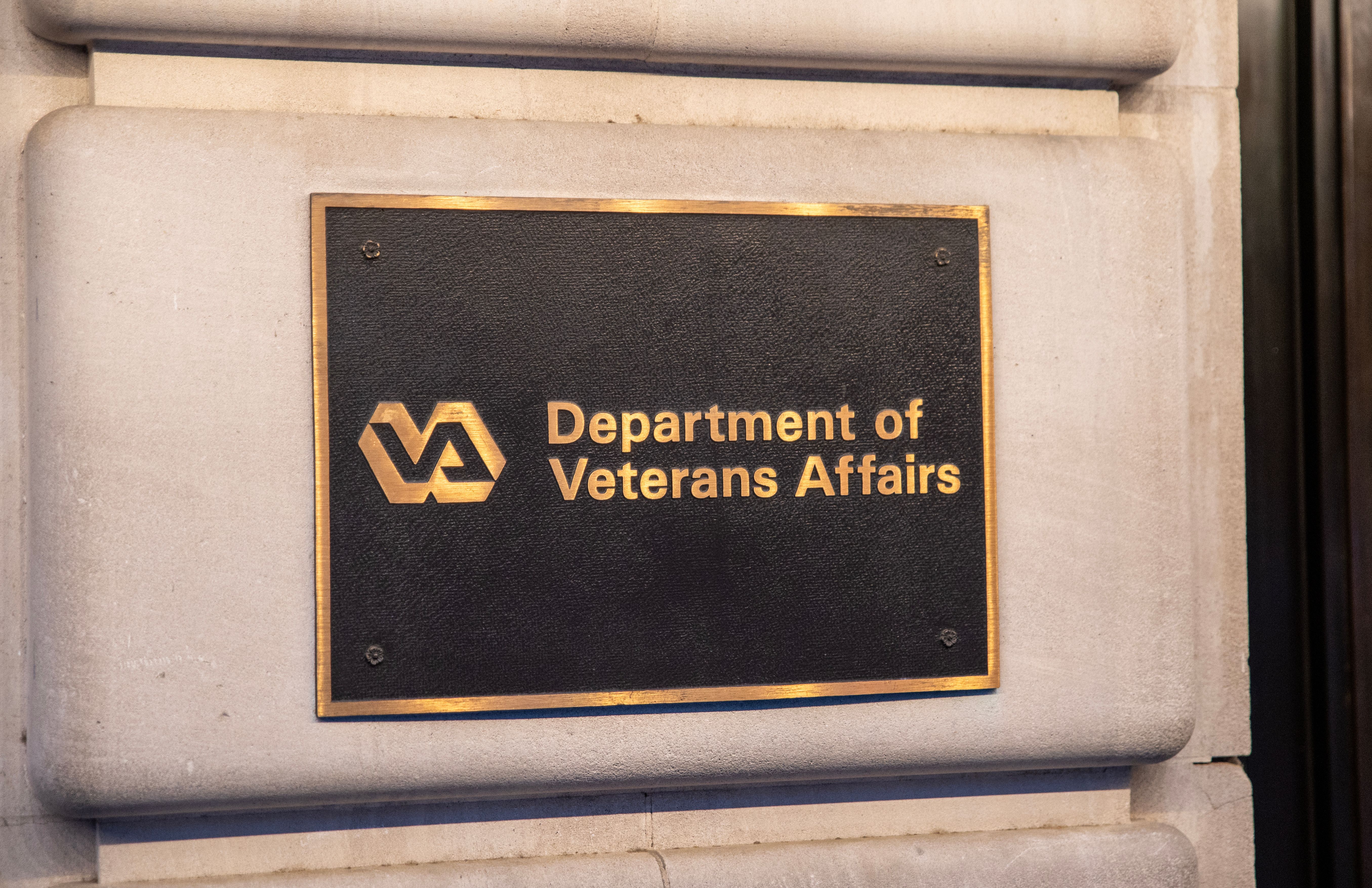- Center on Health Equity & Access
- Clinical
- Health Care Cost
- Health Care Delivery
- Insurance
- Policy
- Technology
- Value-Based Care
CRH Programs Influence Better Health Outcomes, Access, for Veterans
Data pulled from the impact of Clinical Resource Hubs (CRHs) demonstrate the benefits these programs provide to veterans who may be experiencing gaps in care.
The Clinical Resource Hub (CRH), a nationwide contingency telehealth staffing program implemented by the Veterans Health Administration (VHA), can influence better health outcomes. In a new report published today in JAMA Network Open, the service demonstrated the capacity to address an array of veterans’ health needs and tackle lingering disparities in primary care.1
CRH programs were designed to fill in care gaps and increase services to veterans. These programs are supported by multidisciplinary leadership and have proved useful for connecting veterans to primary care, specialty care, and mental health services; access to CRHs has only improved with the advent and pairing of telehealth models.2
US Department of Veterans Affairs | image credit: stockyme - stock.adobe.com

To evaluate the influence and quality of CRH-delivered care, investigators conducted a retrospective study to assess veterans’ outcomes between October 2022, through September 2023. Data were gathered from VHA administrative databases on those whose primary care was being administered by CRH clinicians. In their analysis, they also sought information as to whether there were any outcome discrepancies between White veterans and those of minoritized groups.1
Of primary concern were quality outcomes related to chronic diseases, mainly hypertension and diabetes. Quality measures for included well-controlled blood pressure (for veterans with hypertension or those with diabetes), annual hemoglobin A1C (HBA1c) measurements, diabetic nephropathy screening, statin therapy and adherence, and poorly controlled HBA1c. Individuals were also categorized into low, medium, or high CRH intensity groups depending on the lengths at which they received services and made primary care visits during the study period.
In total, there were 71,508 veterans included in the analysis. Participants were aged 66 years on average and the group was largely male (91.4% male vs 8.6% female). Nearly 73% were White, almost 15% were Black, around 5% were Hispanic, 2.5% were Asian, Native Hawaiian, or Pacific Islander, 1.1% were Native American or Alaska Native, and the remaining 2.3% belonged to another race/ethnicity or multiple races/ethnicities.
Five percent (n = 3589) solely had diabetes whereas 36.7% (n = 26,227) solely had hypertension and 58.3% (n = 41,692) had both. On average, 13.8%, 30.7%, and 69.1% of the cohort belonged to the low, medium, and high intensity group.
The researchers found no correlation between CRH intensity and diabetes quality measures; however, higher intensity groups did experience better outcomes related to blood pressure control in both diabetes and hypertension groups (P < .001). Additionally, no significant correlations were found between race/ethnicity or other diabetes-related outcomes and CRH intensity.
“The CRH program was intended to support clinics that may be disproportionately affected by unexpected staffing shortages, particularly clinics in underserved or rural areas. Racial and ethnic minority veterans may be more disproportionately affected if they reside in such areas already facing steep challenges in health care access,” the authors commented, noting how this came as a relief that no racial/ethnic differences were observed because telehealth can sometimes exacerbate health disparities.
There was speculation that the telehealth model could have played a big part in improving blood pressure outcomes, as these services showed the capability of managing hypertension virtually. They noted, however, that their findings here are somewhat limited because they were unable to locate the exact mechanisms that led to blood pressure improvements.
“Because health systems both within and outside the VHA face staffing challenges in primary care, our findings should inform large-scale implementation strategies to strengthen the primary care workforce and equitably provide high-quality primary care services,” they concluded.
References
1. Liu T, Wheat CL, Rojas J, et al. National telehealth contingency staffing program and primary care quality in the VHA. JAMA Netw Open. 2025;8(1):e2453324. doi:10.1001/jamanetworkopen.2024.53324
2. Patient Care Services: Clinical Resource Hubs (CRH). US Department of Veterans Affairs. Accessed January 7, 2025. https://www.patientcare.va.gov/primarycare/crh.asp
Trends in Hospital Pricing for Vulnerable Emergency Department Users, 2021-2023
December 4th 2025Self-pay emergency department prices rose significantly from 2021 to 2023, especially at for-profit and system-affiliated hospitals, highlighting growing affordability challenges for uninsured and underinsured patients.
Read More
